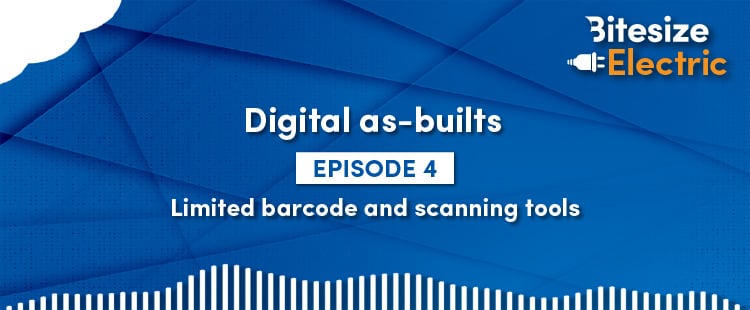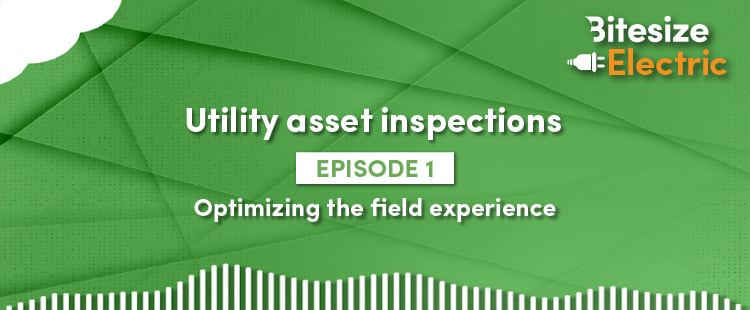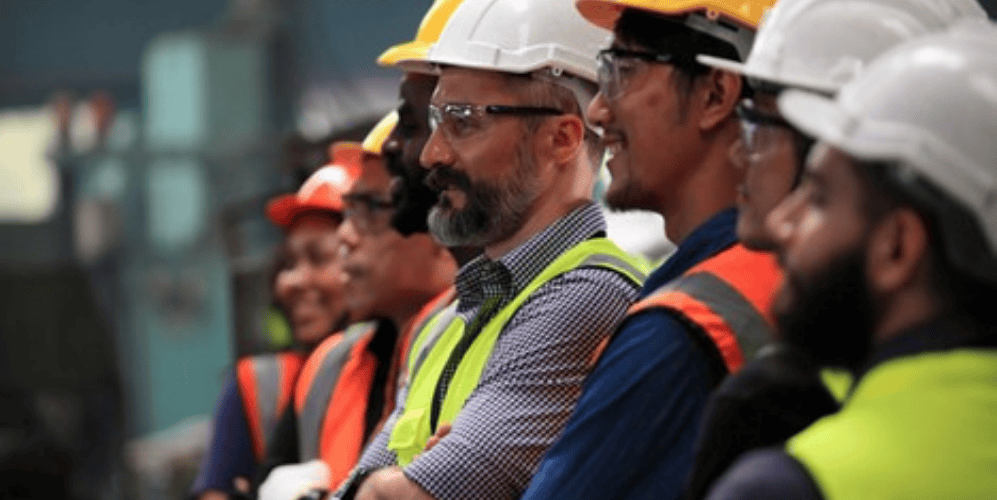Bitesize Electric - Digital as-built | Episode 3: App fatigue during the as-built process
Welcome to Bitesize Electric, the podcast where we break down the biggest challenges and best practices shaping the future of electric networks, one bite at a time.
In this third episode, Brandon Curkan, Customer Success Manager is joined by Matt Roberts, Utilities Director, to discuss app fatigue during the as-built process, which stems from the number of applications field teams have to depend on.
Let’s dive in…
Bitesize Electric: Digital as-built | Episode 3 transcript
Brandon Curkan:
Hello and welcome to Bitesize Electric, the podcast where we break down the biggest challenges and best practices shaping the future of electric networks, one bite at a time. I'm your host, Brandon Curkan, and we are working through a five-part series on digital as-builts. My guest for this series is Matt Roberts, Director of Utility Solutions for IQGeo.
In this series, we'll explore the challenges that utilities face during as-built workflows, the impact of these challenges pose to utilities, and what these utilities can do to improve their as-built workflows.

|

|
|
Brandon Curkan Customer Success Manager, IQGeo |
Matt Roberts Director of Utility Solutions, IQGeo |
Brandon Curkan:
I'm your host, Brandon Curkan, and we're now on part three of our five part series on digital as-built capture. For part three, we'll talk about app fatigue in the as-built process, which relates to how field teams have to depend on multiple applications while they're trying to execute as-builts, adding friction and unnecessary time to their jobs. I'm joined again by Matt Roberts, Director of Utility Solutions for IQGeo. Welcome, Matt.
Matt Roberts:
Hey, Brandon
Brandon Curkan:
Matt, I know you've heard from hundreds of utility field workers about the disparate applications required to perform their work. For the as-built process maybe you can start by explaining what information that users need in the field and what systems they're typically using.
Matt Roberts:
So, when I'm talking to field users, especially on the as-built process, really construction crews is the primary group, you're seeing in that construction process, oh, you know, I think I've counted up to thirteen apps at one point. And those apps range from, you know, an extension of their work management system where they might do a job safety briefing to very specific tailored apps that maybe the utilities picked up over the last twenty years that still used for this specific bit.
A bit of humor on this is I once spoke with the utility. They were using nine different applications, nine different logins, and their field teams essentially revolted and actually went back to paper processes to get away from those nine different logins, nine different user experiences, and nine different training paths to get somewhat competent with those nine different applications.
Brandon Curkan:
Wow. Yeah, that would be extremely challenging. When they're using these different systems and different applications, what does that look like in practice? Are they constantly switching between apps? Are they using multiple devices? Just paint us a picture of what this app fatigue and multiple app usage looks like.
Matt Roberts:
So, it's a bit of both. You'll see depending on where they start in the job they'll be using those different applications. So, at the beginning of the job, when they're doing their tail boards and safety meetings, they might be on the device. They go out and do the construction and to close out the construction and collect the as-built information they're on another app, and to collect the meter information or transformer information, kind of a more form-based approach, they're on another app.
So, it's really at the end and at the closeout of as-builting process, you're seeing these users go on their iPad, go on their phone, close an app, open an app, log in, log off. And you're right on the different devices; I've even seen it to where some of their newer apps might be on their iPad. But that legacy app that's on the Toughbook inside the truck, they're having to go inside the truck, log in on that, and perform a bit of their work on a different device than they would otherwise
Brandon Curkan:
Yeah, that really would be a lot of work and a lot of challenging switching and juggling of devices to try to just get your work process done. What kind of capabilities would let field users access all of this relevant data and tasks assigned to them within a single application, rather than having to juggle these different devices and different apps?
Matt Roberts:
It's really tailored around a single application that has an immense amount of interoperability. So, the one place where, as from an IT perspective, it's connected to GIS, it's connected to EAM, it's connected to ADMS. We could jokingly go on with the other acronyms that it would be connected to. But from the field user's point of view, it's one unified application, one user experience, and they don't know that the data being served up is coming from five, six, seven different systems.
Brandon Curkan:
Great. Well, thank you very much as always for the insights, Matt. We'll continue this conversation in the fourth part of the series, where we discuss the lack of effective barcode and scanning tools for field teams performing as-builts, how equipping teams with this functionality can accelerate their work and improve asset documentation.
Coming up next: Episode 4 - Limited barcode and scanning tools
Tune in to the fourth episode of the Bitesize Electric digital as-built series, host Brandon Curkan, will explore at how field teams can benefit from efficient barcode scanning along with some of the challenges they face.

Digital as-built capture best practice guide
If you’re struggling with an as-built backlog at your utility, download our best practice guide that outlines the processes that IQGeo has developed in partnership with major utilities to streamline the as-built process.
Similar articles:


 Previous
Previous







